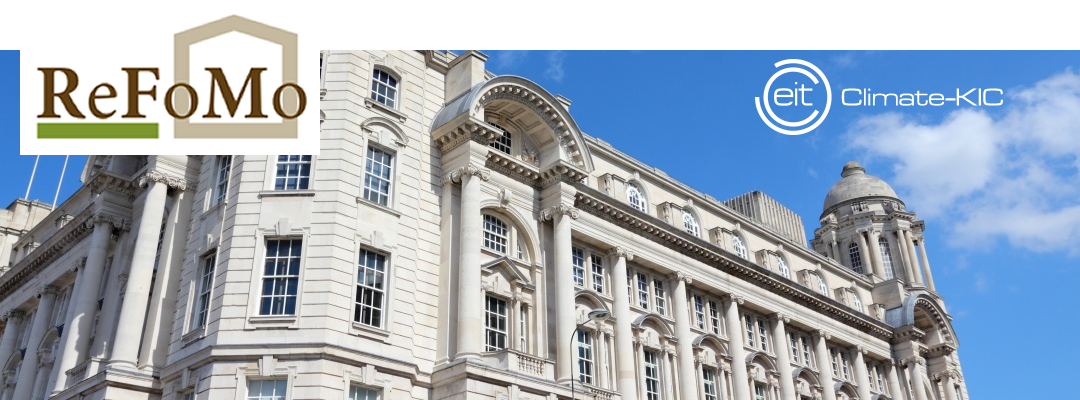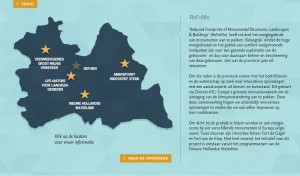Energy-Conscious Utilization of the Meter House Building at the Óbuda Gasworks, Hungary
In August Minusplus finished the report on the case study Óbuda Gasworks in Hungary. The Meter House in Óbuda Gasworks is one of the three European listed heritage buildings analysed on energy performance and potential energy savings in light of the Climate-KIC Pathfinder project ReFoMo.
Listed monuments require preservation of among others the facades and roof-forms. Within these restrictions, Minusplus defined solutions for the Meter House Building of Óbuda Gasworks to halve the energy use and to lower CO2 volumes to one third. The report concludes that the highest energy-savings can be realized by applying roof insulation. Energy usage peaks can be reduced by realizing a multi-function space, thus expanding the time of potential use of the building. By adjusting the right air flow direction between the different inner functions, extreme demands of HVAC can be balanced to save energy.
Read the summary or the full report.
Reports on the other two case studies in the Netherlands and Italy are expected later this year. Reports will be made available on the project website: www.refomo.eu.


